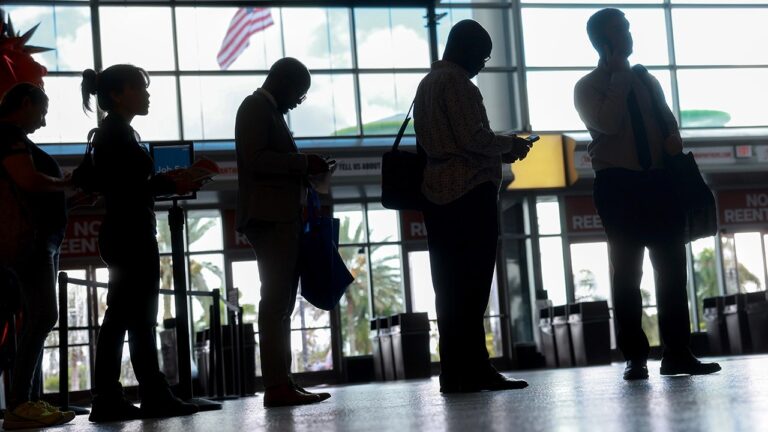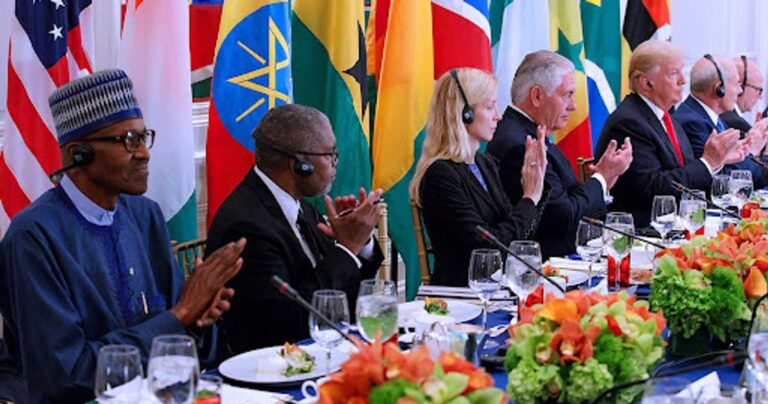The Future of Democrats: Rethinking Identity Politics Strategy
The Changing Landscape of Democratic Identity Politics
As we march on through the ever-evolving political landscape, one question looms large for the Democratic Party: Is it time to hit the reset button on identity politics? It’s a topic that has sparked heated debates, triggered passionate responses, and engaged a diverse spectrum of voters. Let’s dive deep into the intricacies of this issue and explore why reevaluating identity politics could be essential for the future of the Democratic Party.
Understanding Identity Politics
To kick things off, let’s unpack what we mean by identity politics. Essentially, identity politics involves the assertion and promotion of group identities—like race, gender, sexuality, or religion—in political discourse. It’s about recognizing how these identities impact individual experiences and shaping policies that reflect these unique perspectives.
Now, this isn’t inherently bad. In fact, it’s been a critical driver for social change, amplifying voiceless communities and highlighting injustices that might otherwise be ignored. Think of it this way: if you were trying to put together a jigsaw puzzle, excluding crucial pieces just because they didn’t fit your vision would leave you with an incomplete picture. That’s what identity politics aims to avoid.
However, in recent years, there’s been a growing sentiment that the focus on individual identities can sometimes fragment rather than unify. It raises the question: Is identity politics fostering inclusiveness or is it deepening divisions?
The Dilemma of Division
It’s no secret that the Democratic Party has painted itself as the champion of diverse voices. But as the party rallies around various identities, it risks overshadowing broader, unifying themes that resonate across demographics. When people get too caught up in highlighting differences, it can create a tug-of-war—who’s marginalized the most? Who has the most significant struggles? This competitive victimhood can fracture what should be a cohesive agenda.
Consider the analogy of a choir: each member has a unique voice, but harmony is only achieved when they sing together. If each singer only focused on belting their solo, the overall message and melody would get lost. In the context of politics, when focus narrows to individual identities, the collective goals can suffer.
A Shift in Strategy: Emphasizing Common Ground
In examining the Democratic Party’s future, one crucial strategy may be to shift from individual identity focuses to common ground solutions that address the broader American experience. And let’s face it: many Americans share similar concerns, such as rising healthcare costs, job security, and climate change. Rather than pitting one identity against another, Democrats could harness the power of unity.
Fostering Inclusive Dialogue
What would an inclusive dialogue look like? Let’s say a town hall meeting brings together individuals from different backgrounds. Instead of segmenting the discussion by identities, why not center the conversation on universal issues that affect everyone? That could be tackling urban housing crises, ensuring quality education for kids, or improving public transportation. The objective would be to paint a picture of solutions that carry weight for all demographics.
Here are some benefits to this approach:
The Youth Vote: A Crucial Demographic
Before we delve into what the Democrats could do, let’s consider the youth vote. Younger generations are more diverse than any before, and they are more inclined to seek a political landscape that doesn’t pigeonhole them into narrow identity politics. They want actionable solutions from candidates, policies that don’t just address surface issues but get to the root of societal problems.
Considering this, adjusting identity politics isn’t just an ideological necessity; it’s a tactical one. Addressing larger societal issues like climate change, job displacement due to technology, and education reform could align with the priorities of younger voters and the broader population.
Redefining Identity Politics
The goal should be to refine identity politics, integrating it into a framework that stands strong on broader shared experiences. Rather than discarding identities altogether, Democrats could focus on cross-identity alliances—building coalitions that focus not just on challenges faced by individual identities but how those challenges might intersect.
Exploring Intersectionality
Intersectionality—recognizing how different aspects of a person’s identity overlap—is key here. For instance, a woman of color faces different societal challenges compared to a white male, but instead of competing for visibility, why not explore how their experiences shape a collective understanding? When you open up discussions about intersectionality, you don’t dismiss one narrative for another; rather, you create a richer dialogue that includes multiple perspectives.
Moving Forward: The Role of Leadership
Redefining Leadership Values
What does this mean for Democratic leaders? They must start reshaping how they communicate. Instead of merely appealing to specific groups, they should focus on resonating with shared values, addressing universal challenges, and spotlighting stories that showcase collective experiences. If leaders can simplify their message and target a wider audience while still being inclusive, they’ll not only unify but also build trust.
Engaging with Authenticity
Authenticity is key here. Voters today can smell insincerity from a mile away. Politicians need to genuinely engage with the communities they serve, not just show up during election cycles. Hosting joint community projects or open forums where citizens work together on resolving neighborhood issues could be a great start. Authentic interactions demonstrate a commitment to neighboring struggles and a willingness to listen.
Conclusion: A Future Built on Unity
Rethinking identity politics isn’t merely an experiment; it’s a vital necessity for the Democratic Party as it navigates a complex political climate. By focusing on shared challenges and exploring collaborative efforts across identities, the party can build a stronger, more inclusive coalition. After all, a house divided against itself cannot stand—it’s essential that all voices contribute to a unified cause, which speaks to the heart of American values.
As we progress toward future elections, the emphasis should be on relationships, understanding, and most importantly, solutions that resonate broadly, laying the groundwork for a robust and cohesive political party.
FAQs
1. What is identity politics in a nutshell?
Identity politics refers to political positions or stances that are based on the interests and perspectives of social groups with which individuals identify, such as race, gender, and sexual orientation.
2. Why has identity politics faced criticism?
Critics argue that an exclusive focus on individual identities can fracture unity, promoting division instead of collaboration among groups facing common challenges.
3. How can Democrats effectively engage younger voters?
By addressing broader social issues that impact everyone, such as climate change and education reform, while crafting messages that resonate with young people’s values and experiences.
4. What is intersectionality, and why is it important?
Intersectionality recognizes the overlapping identities of individuals, allowing for a richer understanding of how different experiences shape social challenges and political concerns.
5. How can Democratic leaders promote authenticity in their engagement?
Leaders can engage genuinely with communities by participating in local issues, hosting open forums, and ensuring that their policies resonate with constituents’ real-life experiences and struggles.







